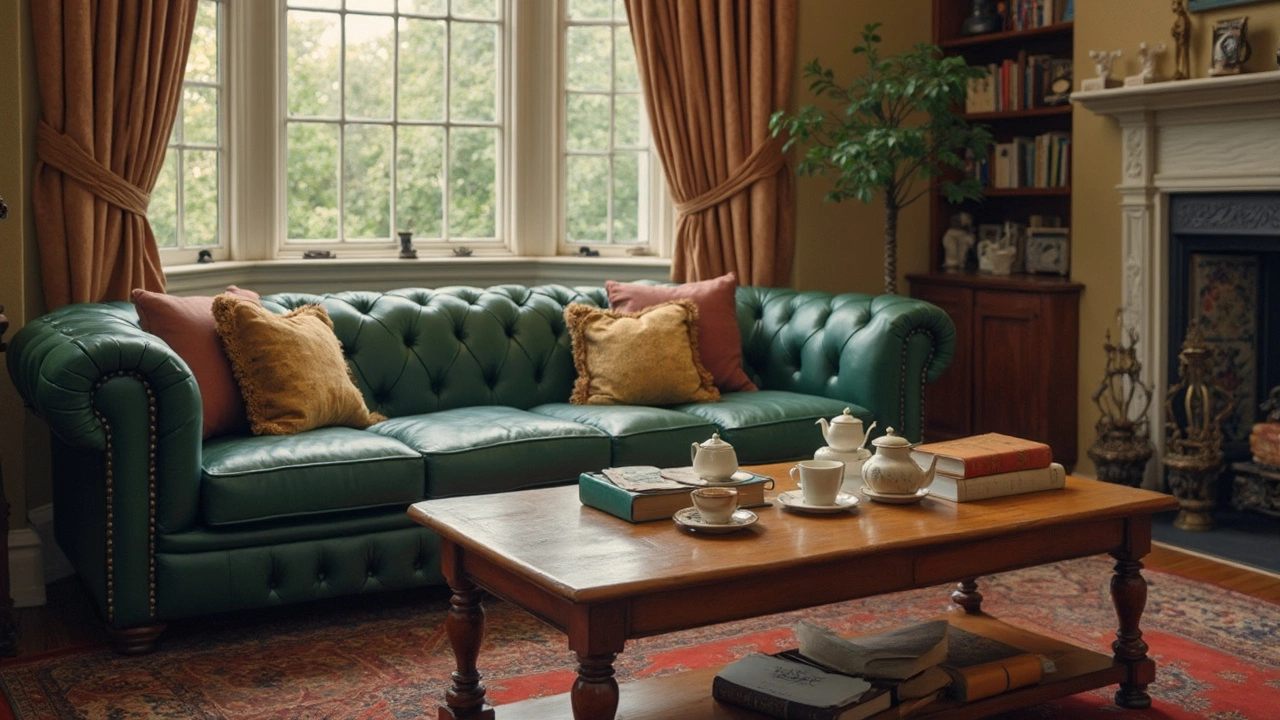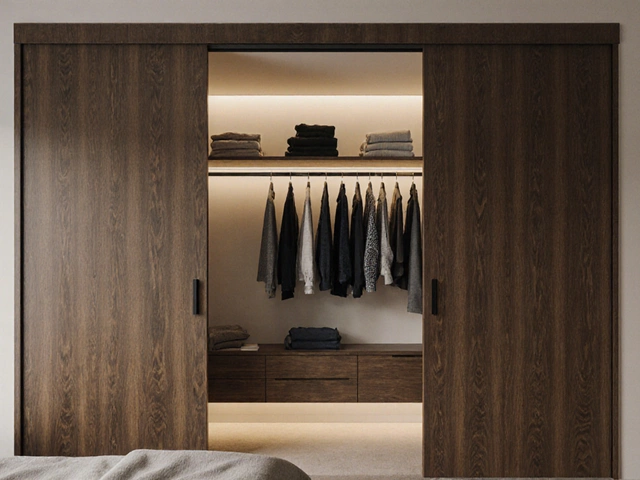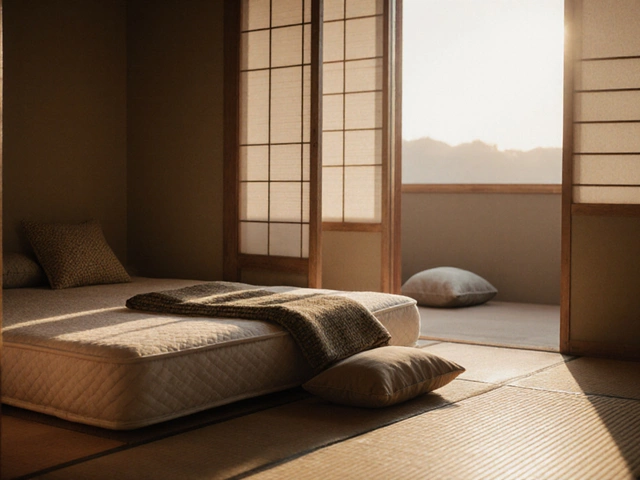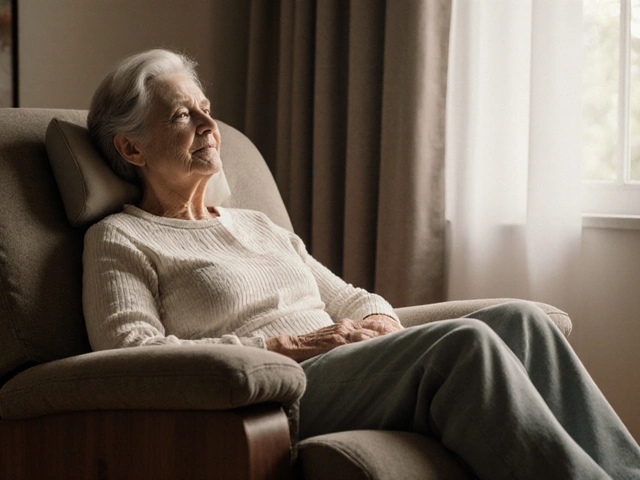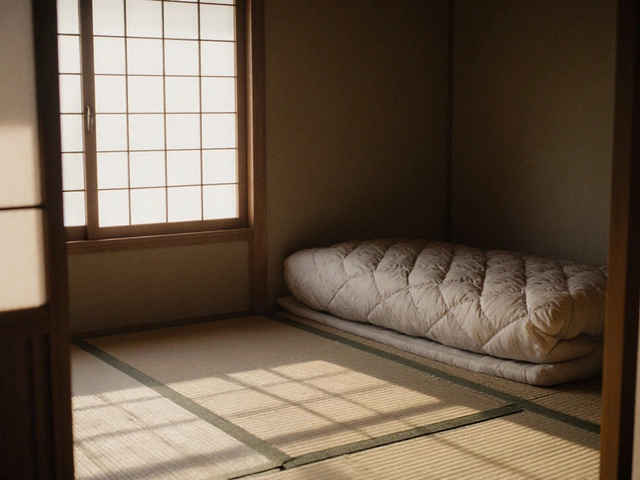Furniture Matching Made Simple – Quick Tips to Pair Your Pieces
Ever stare at a room and wonder why the furniture feels off? Most of the time it’s not the quality of the items, but how they relate to each other. Matching furniture is less about copying the same piece and more about creating a visual balance that feels right. Below are straightforward steps you can follow right now, no designer degree needed.
Pick a Base Piece and Build Around It
Start with the biggest item in the room – a bed, sofa, or dining table. This piece sets the tone, so decide what you love about it first. Is it the deep navy colour, the sleek metal legs, or the rustic wood grain? Once you know the dominant trait, choose other items that echo that trait without being identical.
For example, if you have a charcoal‑grey sofa, you can add a coffee table with a subtle grey metal frame. The colour ties the pieces together, while the different material adds interest. If your bed has a warm oak finish, look for nightstands or a dresser in a similar wood tone. Even a matching lamp base can reinforce the look.
Don’t forget scale. A massive sectional will overwhelm a petite bedroom, just as a tiny nightstand will look lost next to a king‑size bed. Measure your space and make sure each piece fits comfortably within the room’s dimensions.
Mixing Colours and Materials Without Clashing
Colour matching can feel tricky, but a simple rule of thumb helps: pick one dominant colour and two supporting colours. Use the dominant colour on your base piece, then sprinkle the supporting colours across accessories, cushions, or accent furniture. This creates a cohesive palette without making the room look uniform.
When mixing materials, aim for contrast that complements. Pair a smooth leather chair with a rough wooden sideboard – the textures balance each other out. If you love glossy finishes, keep at most one high‑shine item and offset it with matte or natural textures to avoid a shiny overload.
Lighting also plays a role. Warm LED bulbs can soften cool‑tone furniture, while cool lighting can brighten warm wood. Adjust the lighting to match the mood you want – cozy evenings or bright, airy mornings.
Finally, step back and look at the room from different angles. If something feels out of place, move it or swap a colour swatch. Small tweaks make a big difference.
Matching furniture isn’t a rigid formula; it’s a blend of personal taste and basic visual rules. Use these tips as a starting point, experiment, and enjoy the process of turning a collection of pieces into a harmonious space.
How to Expertly Pair a Coffee Table with Your Couch
Figuring out how to pair a coffee table with a couch can feel like solving a puzzle. This article breaks down the essentials of balancing aesthetics and functionality to transform your living space. From measurements to materials, you'll get practical tips to select the perfect combo without turning your room into a crowded mess. Enjoy creating an inviting space where your style comes alive.
